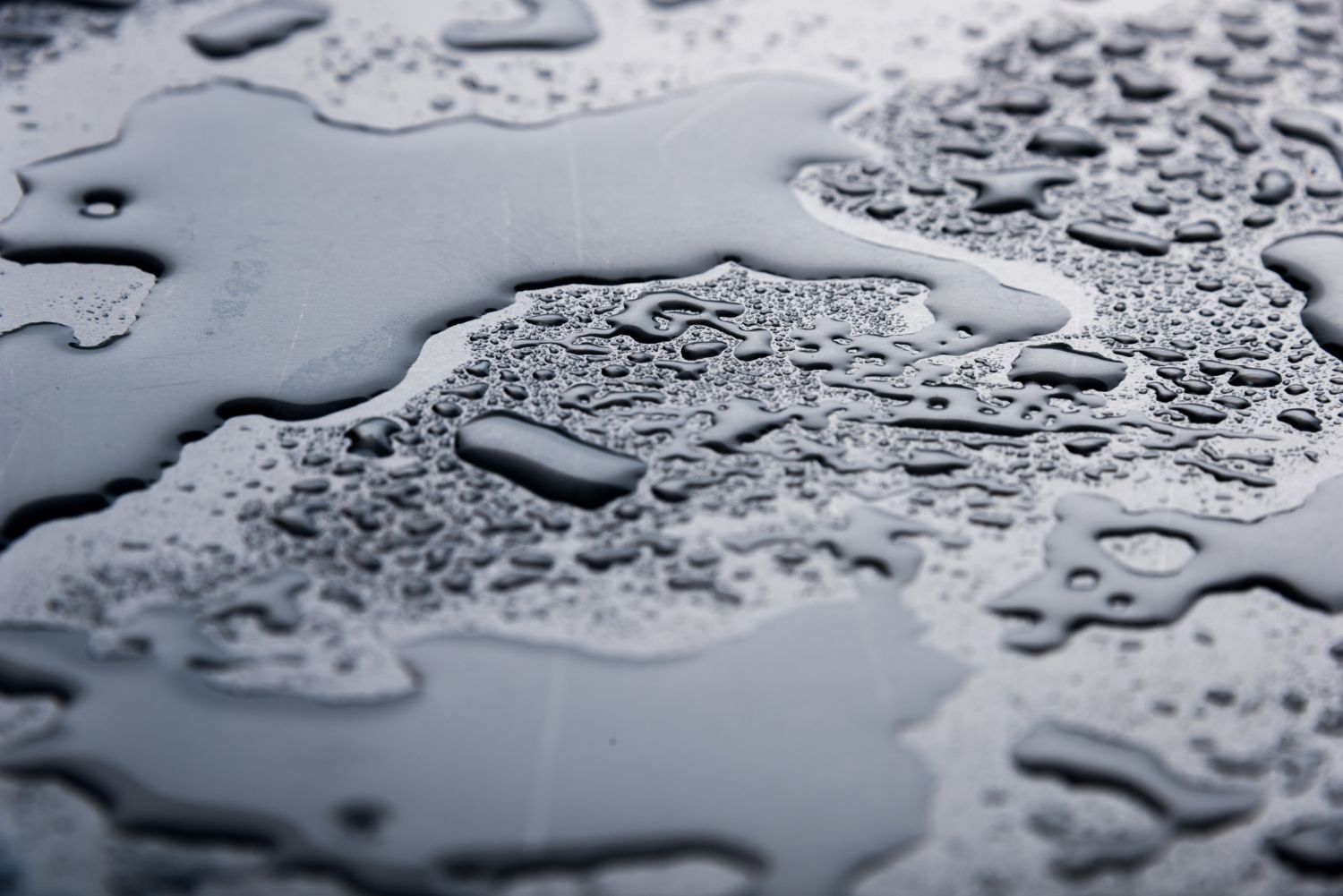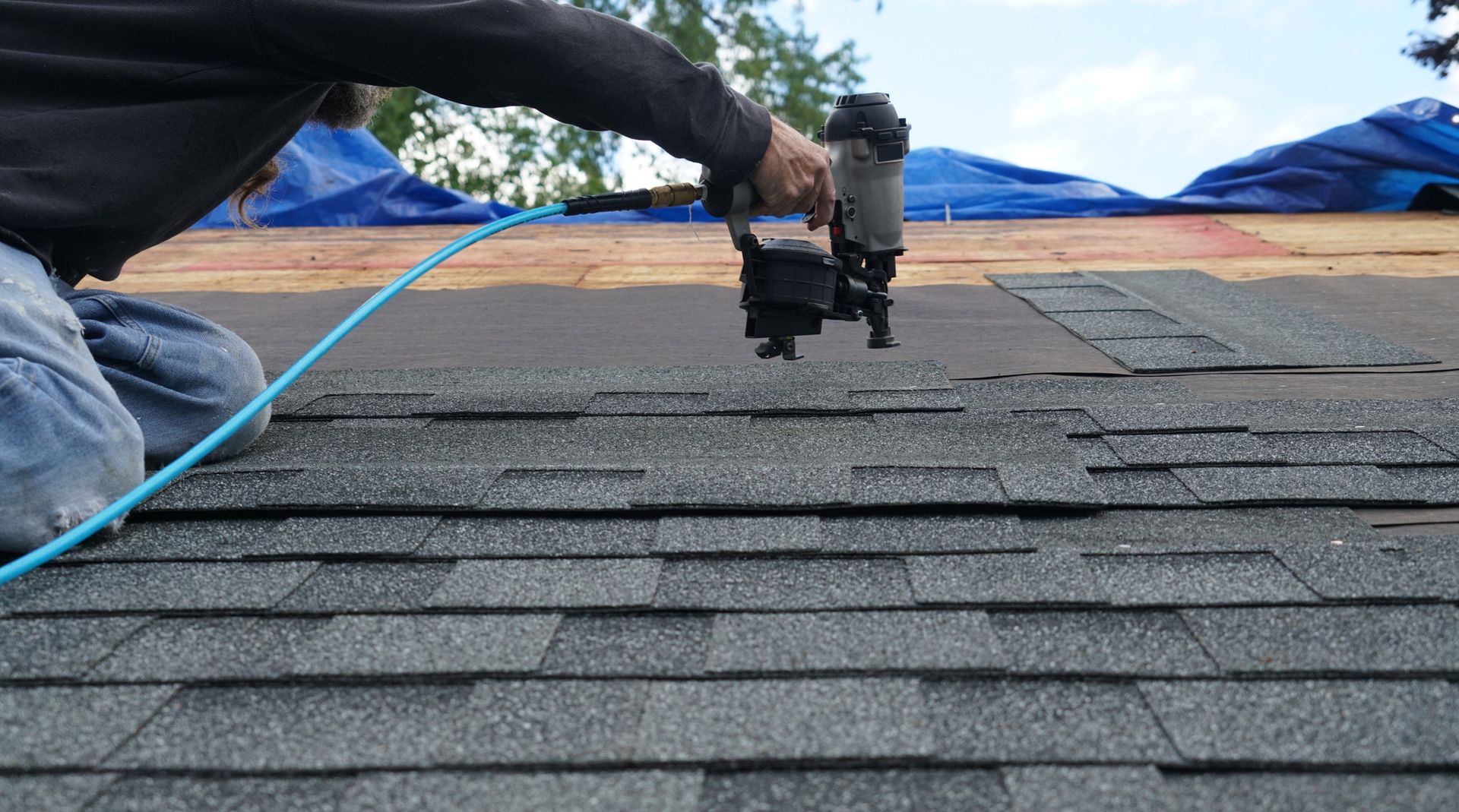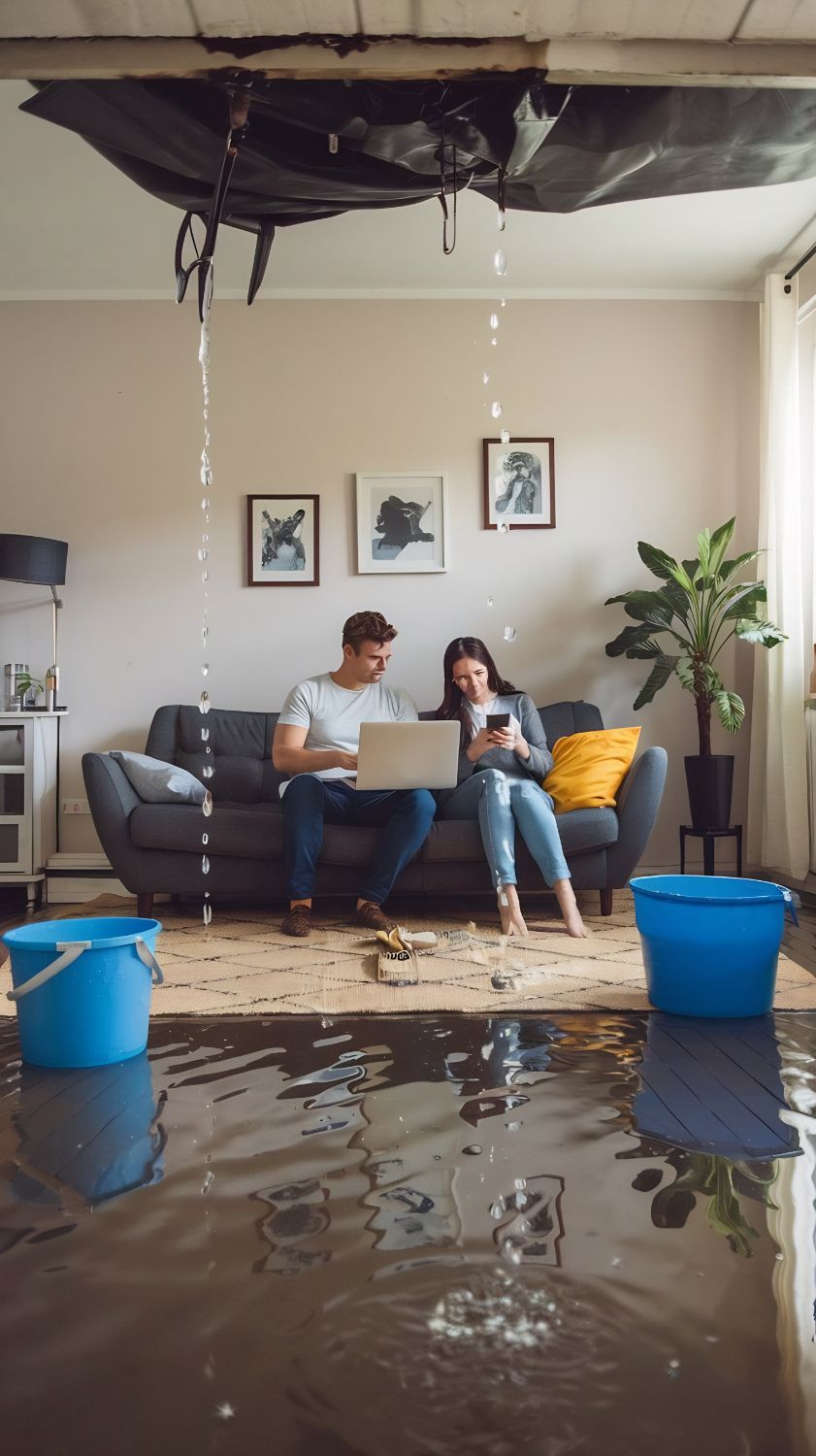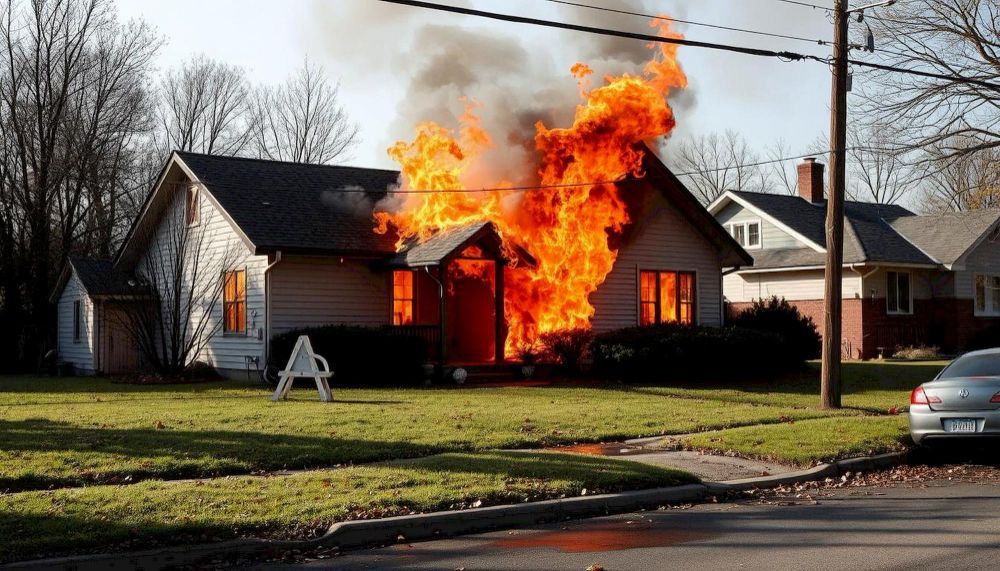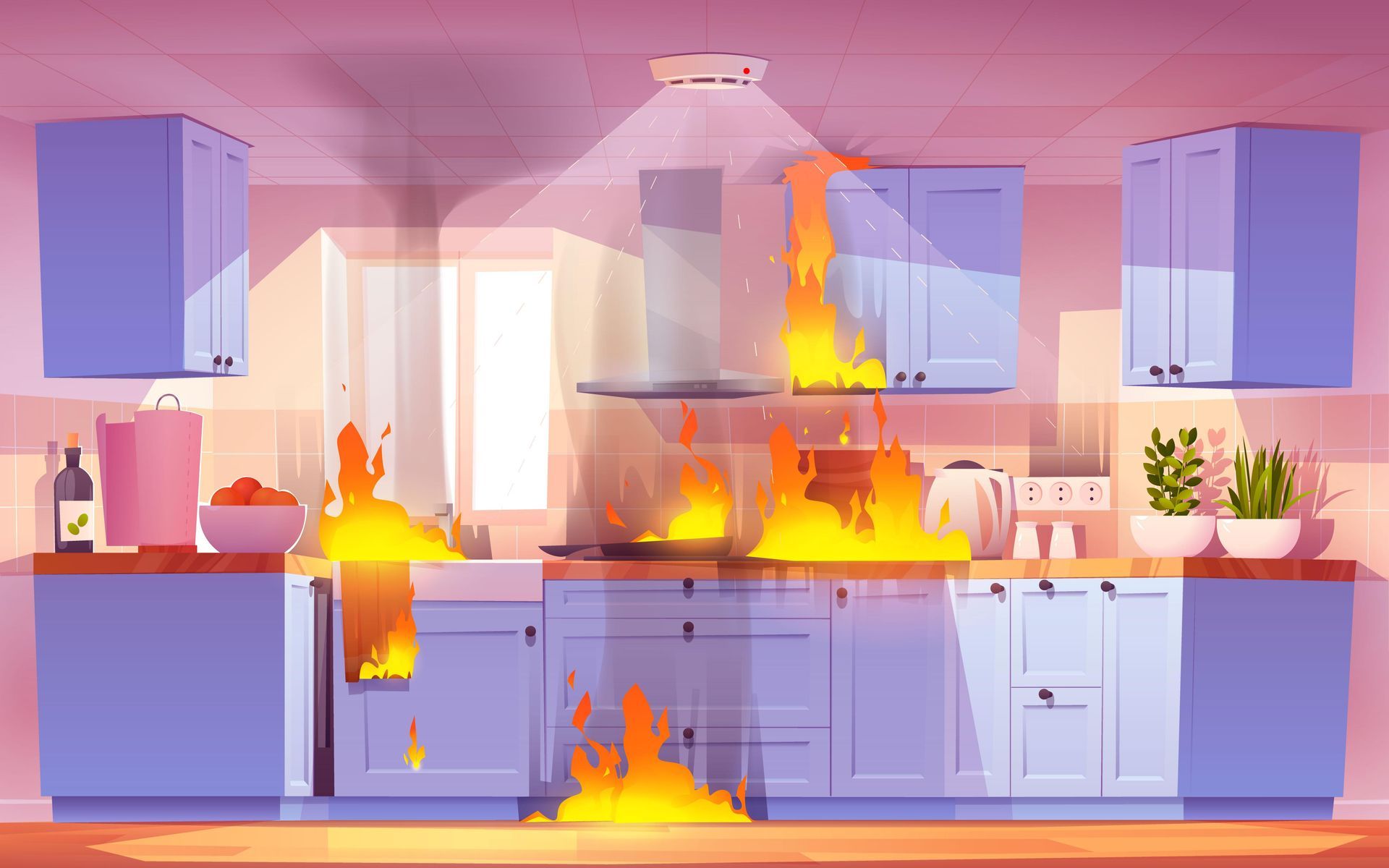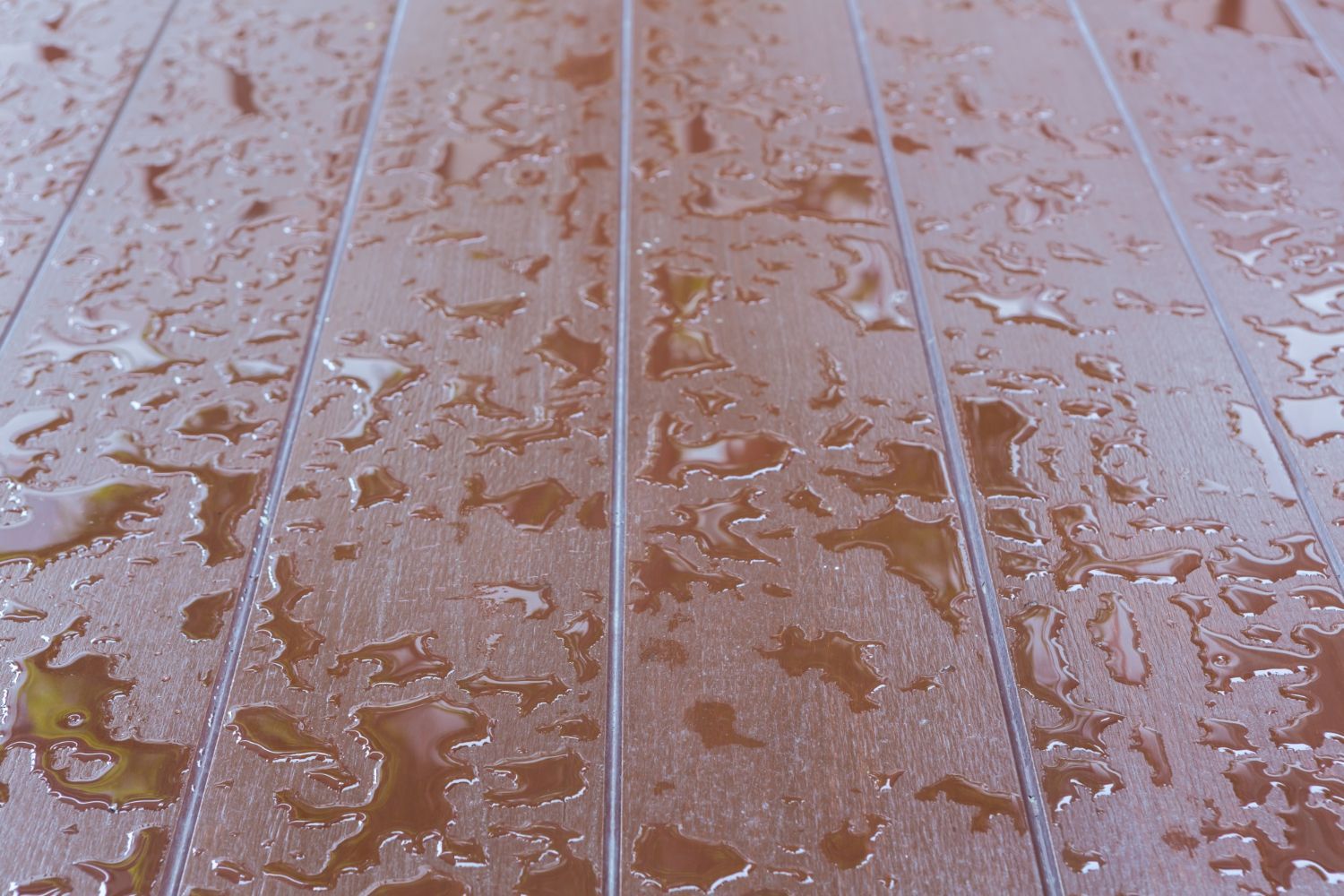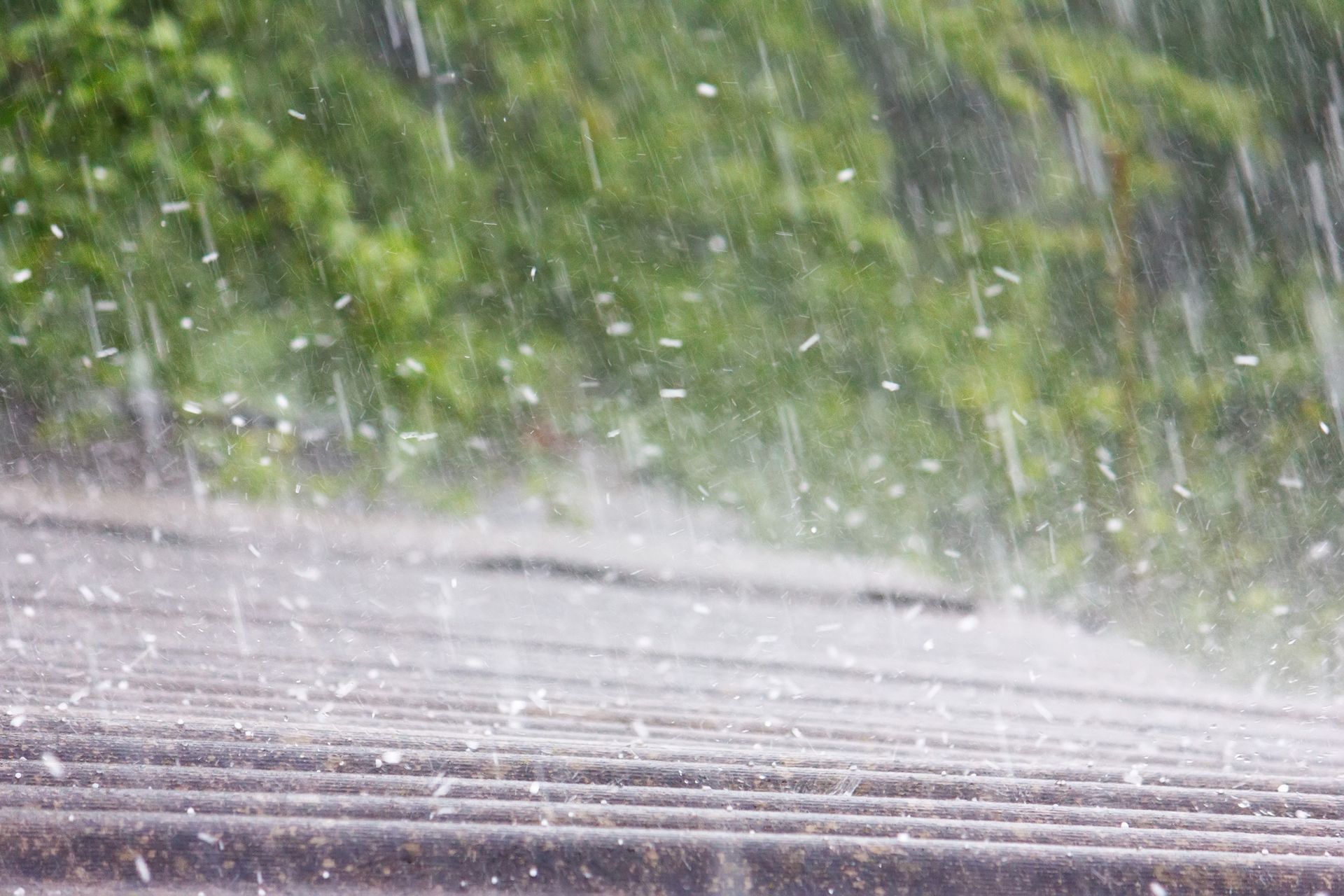Sewer Backup Damage, Including Flooding, Moisture, and Mold
Sewer Backup Damage, Including Flooding, Moisture, and Mold
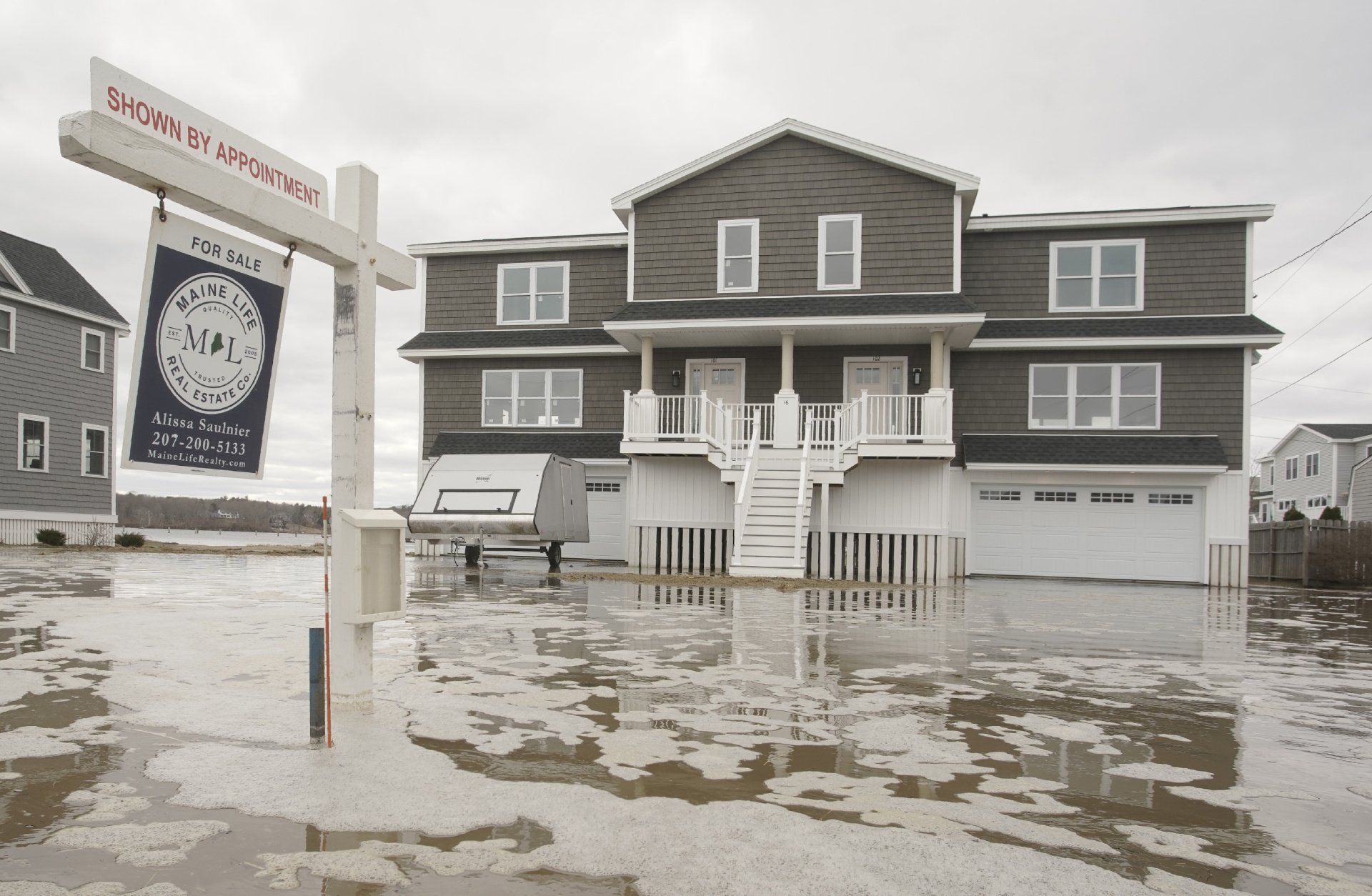
Sewer backups can occur both inside and outside of the home. It might be due to tree root obstructions or clogged pipes on the interior. The situation may look to be much worse from the outside. During a strong thunderstorm, the door is always kept open to allow for flooding. One possible explanation is a sewage backlog. After subterranean drainage pipes burst, water swiftly fills the streets. Then, all of a sudden, your house is encircled by a waterfall!
So you're strolling around your house, ankle-deep in water. As if things weren't bad enough already, they got considerably worse. Once the water has been drained, there will be water damage and maybe mold. Flooding has always been a source of concern for homeowners. Sewer backups may cost a person their valued things or even their home, depending on the volume of water. Insurance companies do not usually pay the expense of flood damage in rare circumstances. So, how are you going to clean up this mess? The measures that can be taken are as follows:
- File a Damage Claim with your insurance provider. Even if you're not sure if you're insured, it's always a good idea to notify your insurance company. A representative will be dispatched to your residence to evaluate the damage and, based on their findings, supply you with the appropriate coverage.
- Save your expenditure receipts. Keeping track of any costs for flood damage remediation might help you complete insurance claims.
- Document all flood damage. Taking images before and after the flood can assist you and your insurance provider in avoiding any disagreements when the large bill arrives.
- Call a flood cleanup professional. The longer standing water is left untreated, the more water damage your house will sustain. As soon as you get off the phone with your insurance company, contact a water damage repair specialist. They will assess the damage and provide you with a cost estimate as well as a repair strategy.
Mold can grow in other sections of your home even after the water damage has been remedied. Water condensation in your home has most likely caused moisture to accumulate in the ceiling and/or other walls.
Here are some mold removal and preventive recommendations:
- Remove porous materials. Mold may flourish in these small openings because moisture can collect. Ceiling tiles, cardboard, textiles, gypsum board, and fiberboards should all be removed from mold-infested areas since they have tiny holes. Mold is unfortunately common in recently flooded houses.
- Bleach or add baking soda to the affected area. If the area does not have pores, bleach or baking soda may be used to eliminate any remaining germs. Allow 30 minutes after using baking soda to settle before cleaning. Bleach should be handled with caution since it has the potential to damage your home's electrical and metal components.
- Call a professional. Even using baking soda and bleach, you may not be able to remove everything. When this happens, it's time to contact a mold removal specialist. They'll get rid of the remainder of the mold's problematic areas.
- Ensure proper air ventilation. Even if all of the mold has been eradicated, there is no assurance that it will not recur in the future. Allowing enough circulation throughout your home, such as by using heat or air conditioning, reduces moisture, making bacteria formation more difficult.
- Keep your home updated. As the materials used to construct your home (wood, stone, drywall, etc.) deteriorate, cracks may form, allowing moisture and germs to enter. Simply replace these parts as needed, and you should be good to go.
Who knew that floods could have such a long-term impact on your home? It all starts with the downpour. Water from the streets will ultimately accumulate beneath the surface, resulting in a sewer backup. It's now your concern because there's nowhere else for the water to go but inside your house. Water damage can be devastating, but it is critical to have it repaired as quickly as possible to avoid more damage. Although no one can stop Mother Nature, taking the necessary precautions to prepare for flooding will undoubtedly save you money in the long run.
If your house has sustained significant water damage or a flood, contact Restoration 1 of Southwest Florida right away for water damage restoration services. Our skilled workers will not only remove the water, but they will also repair any things that have been damaged by the water or moisture. If you have mold in your house, our mold remediation services will help you get rid of it quickly.


